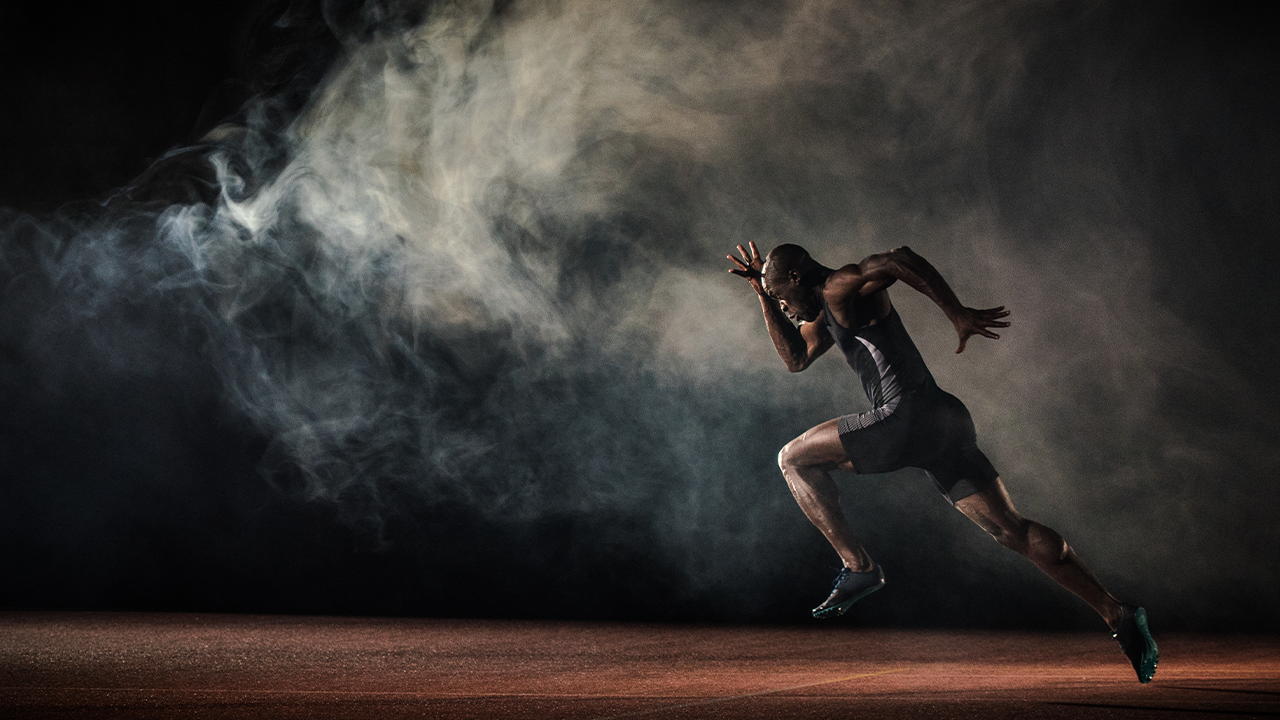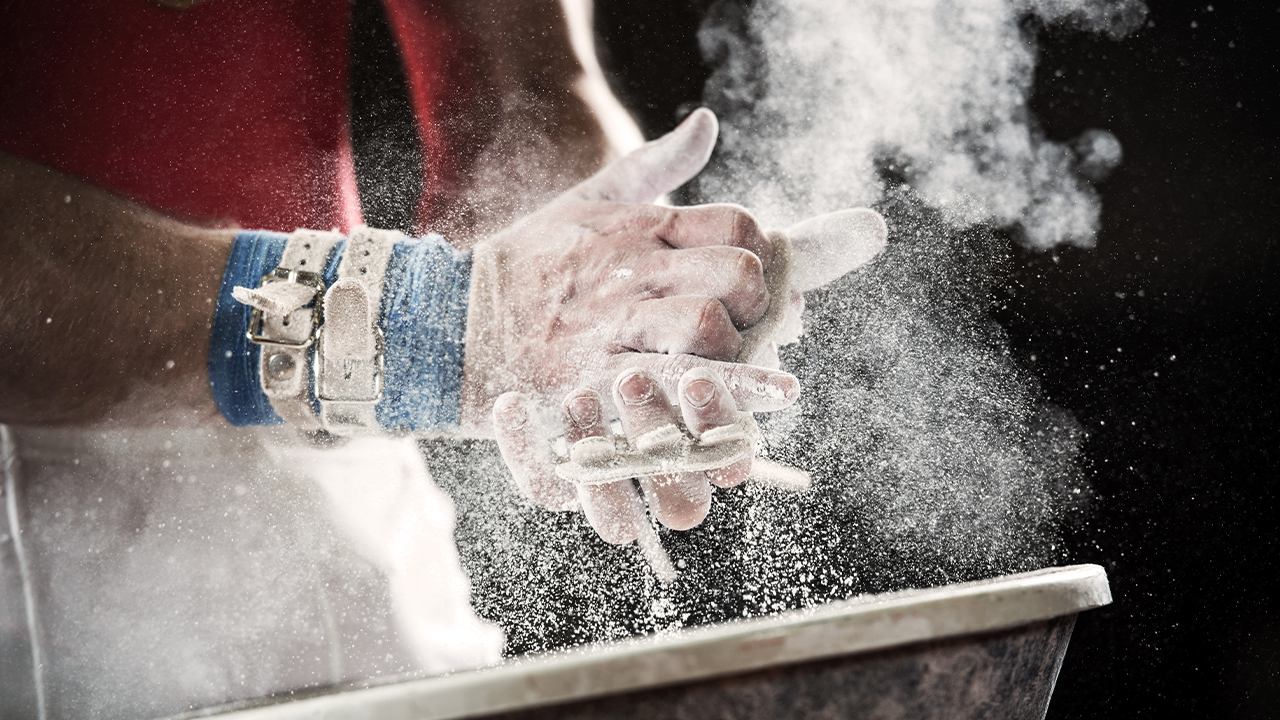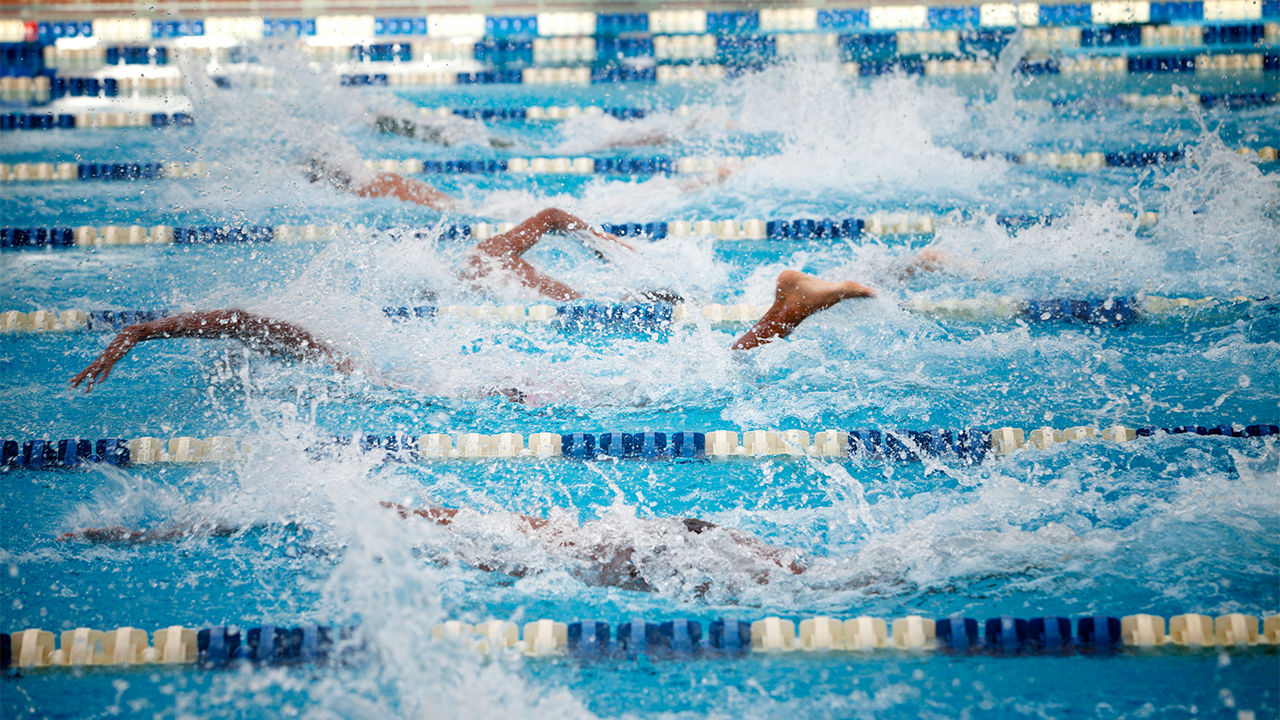Fueling the Machine: A Balanced Diet for Competition and Everyday Living
Training is only half the battle for an Olympian. Food and hydration play an important role in fueling the body. Competition takes a lot of energy. It’s no surprise that athletes need to consume a lot more calories to fuel their workouts. A good diet is just as important for your workouts.
What might surprise you is that the nutritional basics of daily food recommendations are not very different for an Olympian from that of an average healthy person. Professional athletes just eat more of it!
Carbohydrates and fats unfairly get a bad name when it comes to nutrition and weight loss. The reality is they are essential to a balanced diet. We just need to make good choices when planning meals and snacks.
Valerie Brookbank, RD and Haylee Hannah, RD, dietitians from the UC Health Weight Loss Center, offer their knowledge and expertise about proper nutrition for athletes.
Carbohydrates
Carbohydrates are the primary source of energy for our bodies. Natural foods like fruits, vegetables, beans, whole grains, milk and yogurt are great sources.
Carb intake that is required for each sport is different, with a large range of normal or acceptable carb intake levels which can range from higher to lower. The body breaks these down into glucose for an easy source of fuel.
Depending on the sport, athletes may choose some more simple carbohydrate sources to provide quick energy to refuel during a workout. For example, distance runners will occasionally pack quick, easy-to-digest carbohydrates to refuel their muscles during a long run. Things like graham crackers, gummy fruit snacks and gels can help replenish carbohydrate stores, improving their performance by preventing them from ‘hitting the wall’ during their run, which happens when carbohydrate stores in the muscles are depleted.
Fats
Healthy fats are another source of energy that are important for overall health and optimal athletic performance. They also help the body absorb fat-soluble vitamins — vitamins A, D, E and K.
The best food choices are those with monounsaturated and polyunsaturated fats such as fish, avocado, nuts and vegetable oils. While it is OK to have some saturated fats, we want to limit the amount to keep cholesterol levels down and decrease the risk of heart disease. For more detailed information, check out the American Heart Association’s dietary guidelines.
Protein
Protein is important for building and repairing muscle. However, eating more protein alone will not grow your muscles. You need strength training to achieve that. Athletes do need more muscle mass, and higher amounts are needed if they are trying to build muscle. A well-balanced diet generally supplies all the protein needed to promote and maintain healthy muscle, which is true for the average exerciser, however, not necessarily true for competitive athletes.
Supplements may be needed to optimize muscle building. Lean meats, seafood, eggs, beans and soy products are all great sources of protein.
Water
The more you exercise, the more you will sweat. Water is essential for replacing lost fluids and regulating body temperature. You may need even more water when it’s hot and humid outside. Drink plenty of water before, during and after exercise. For people who partake in intensive exercise outside, especially in the heat, plain water alone may not be enough to ensure appropriate hydration. When we sweat, we not only lose water, but lose electrolytes such as sodium and potassium as well. Sports drinks such as Gatorade are appropriate for athletes participating in intensive and prolonged physical activity. For someone trying to lose weight and are exercising at a more moderate level, a lower calorie/reduced calorie sports drink may be more appropriate.


